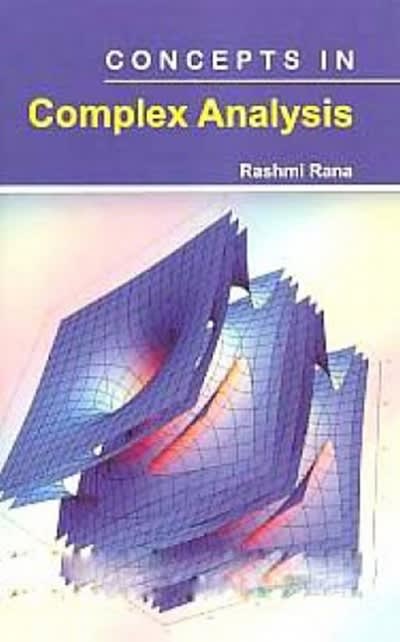Question
1) Consider the hypotheses: H 0 : Farm-raised salmon contains a safe level of organic contaminants. H a : Farm-raised salmon contains an unsafe level
1) Consider the hypotheses:
H0
: Farm-raised salmon contains a safe level of organic contaminants.
Ha
: Farm-raised salmon contains an unsafe level of organic contaminants. State the Type 1 Error:
Conclude that farm-raised salmon contains a safe level of organic contaminants, when it really is at a safe level.
Conclude that farm-raised salmon contains a safe level of organic contaminants, when it really is at an unsafe level.
Conclude that farm-raised salmon contains an unsafe level of organic contaminants, when it really is at a safe level.
Conclude that farm-raised salmon contains an unsafe level of organic contaminants, when it really is at an unsafe level. State the Type 2 Error:
Conclude that farm-raised salmon contains an unsafe level of organic contaminants, when it really is at a safe level.
Conclude that farm-raised salmon contains an unsafe level of organic contaminants, when it really is at an unsafe level. Conclude that farm-raised salmon contains a safe level of organic contaminants, when it really is at a safe level.
Conclude that farm-raised salmon contains a safe level of organic contaminants, when it really is at an unsafe level. Which type of error is potentially of more concern in this situation?
Neither is really much of a concern
Type 1 is a bigger concern
Type 2 is a bigger concern 2) Consider the hypotheses:
H0
: A patient's medical test shows that a tumor is benign (not cancerous).
Ha
: A patient's medical test shows that a tumor is malignant (cancerous). State the Type 1 Error:
Conclude that the patient's tumor is malignant when it really is benign.
Conclude that the patient's tumor is malignant when it really is malignant.
Conclude that the patient's tumor is benign when it really is benign.
Conclude that the patient's tumor is benign when it really is benign. State the Type 2 Error:
Conclude that the patient's tumor is benign when it really is benign.
Conclude that the patient's tumor is benign when it really is malignant. Conclude that the patient's tumor is malignant when it really is malignant.
Conclude that the patient's tumor is malignant when it really is benign. Which type of error is potentially of more concern?
Type 1 is a bigger concern.
Type 2 is no big deal.T
ype 2 is a bigger concern, but they can both have strong consequences.
Neither is really much of a concern. 3) Consider the hypotheses:
H0
: The brakes in a city bus are in good working condition.
Ha
: The brakes in a city bus are not in good working condition. State the Type 1 Error
:Conclude that the brakes in a city bus are in good working condition when they are in good working condition.
Conclude that the brakes in a city bus are not in good working condition when they are in good working condition.
Conclude that the brakes in a city bus are in good working condition when they are not in good working condition.
Conclude that the brakes in a city bus are not in good working condition when they are not in good working condition. State the Type 2 Error:
Conclude that the brakes in a city bus are in good working condition when they are in good working condition.
Conclude that the brakes in a city bus are not in good working condition when they are not in good working condition.
Conclude that the brakes in a city bus are not in good working condition when they are in good working condition.
Conclude that the brakes in a city bus are in good working condition when they are not in good working condition.
Which type of error is potentially of more concern?
Type 1 is a bigger concern
Type 2 is a bigger concern
Neither is much of a concern
Step by Step Solution
There are 3 Steps involved in it
Step: 1

Get Instant Access to Expert-Tailored Solutions
See step-by-step solutions with expert insights and AI powered tools for academic success
Step: 2

Step: 3

Ace Your Homework with AI
Get the answers you need in no time with our AI-driven, step-by-step assistance
Get Started


